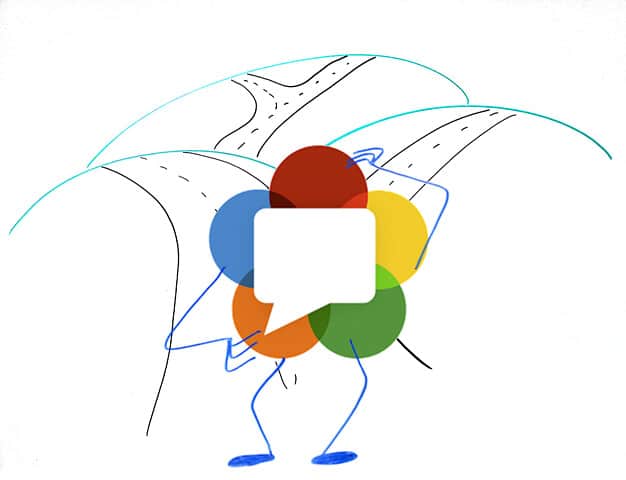WebRTC is a free, open-source project that enables real-time communication of audio, video, and data in web browsers and mobile applications.
Conceived in 2011 by Google engineers Eric Rescorla and Brendan Eich (among others), WebRTC aims to enable peer-to-peer communications without the need for plugins or other third-party software. It is the system behind Random Chat.
In order for two devices to communicate using WebRTC, they must first establish a connection with each other. This process is known as signalling, and typically uses an intermediary server to exchange information between the two clients before a direct connection can be established. Once a connection has been made, audio and video streams can be sent directly between the two devices. Data channels can also be used to send text messages or files between clients.
One of the key benefits of WebRTC is that it allows users to connect without having to install any extra software or plugins.
All major browsers including Chrome, Firefox, Opera, and Safari support WebRTC out of the box. In addition, there are many libraries and frameworks available that make it easy to develop powerful applications using WebRTC technology.
WebRTC is a free, open-source project that provides web browsers and mobile applications with real-time communication (RTC) capabilities via simple application programming interfaces (APIs). It enables audio and video communication and data sharing between browsers and apps.
WebRTC is an important emerging standard that enables rich, high-quality RTC applications to be developed for the web, mobile platforms, and Internet of Things devices.
The WebRTC standard makes it possible to build applications that can be used on any device, including phones, tablets, and laptops. WebRTC-enabled browsers can communicate with each other directly, without any need for intermediate servers.
The main benefits of WebRTC are its low latency and high quality.
WebRTC-enabled applications can provide a significant improvement in audio and video quality over traditional VoIP applications.
In addition, WebRTC is designed to work well in low-bandwidth and high-latency environments, such as 3G and 4G networks.
The main benefits of WebRTC are its low latency and high quality. WebRTC is a key technology for the future of the web, and its adoption is growing rapidly.




